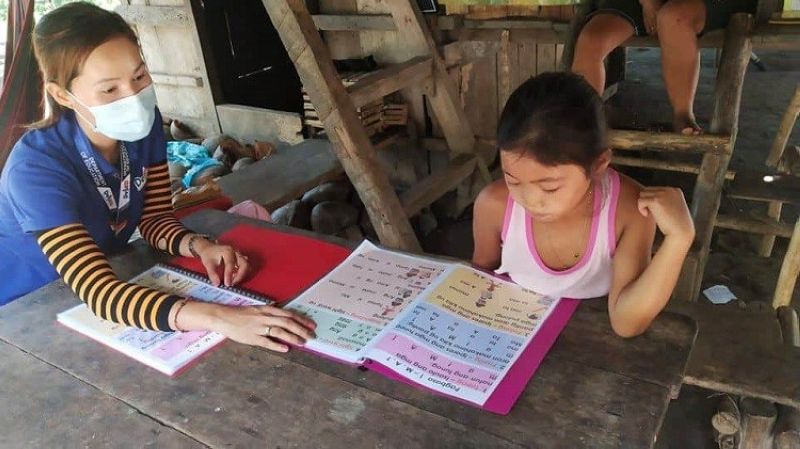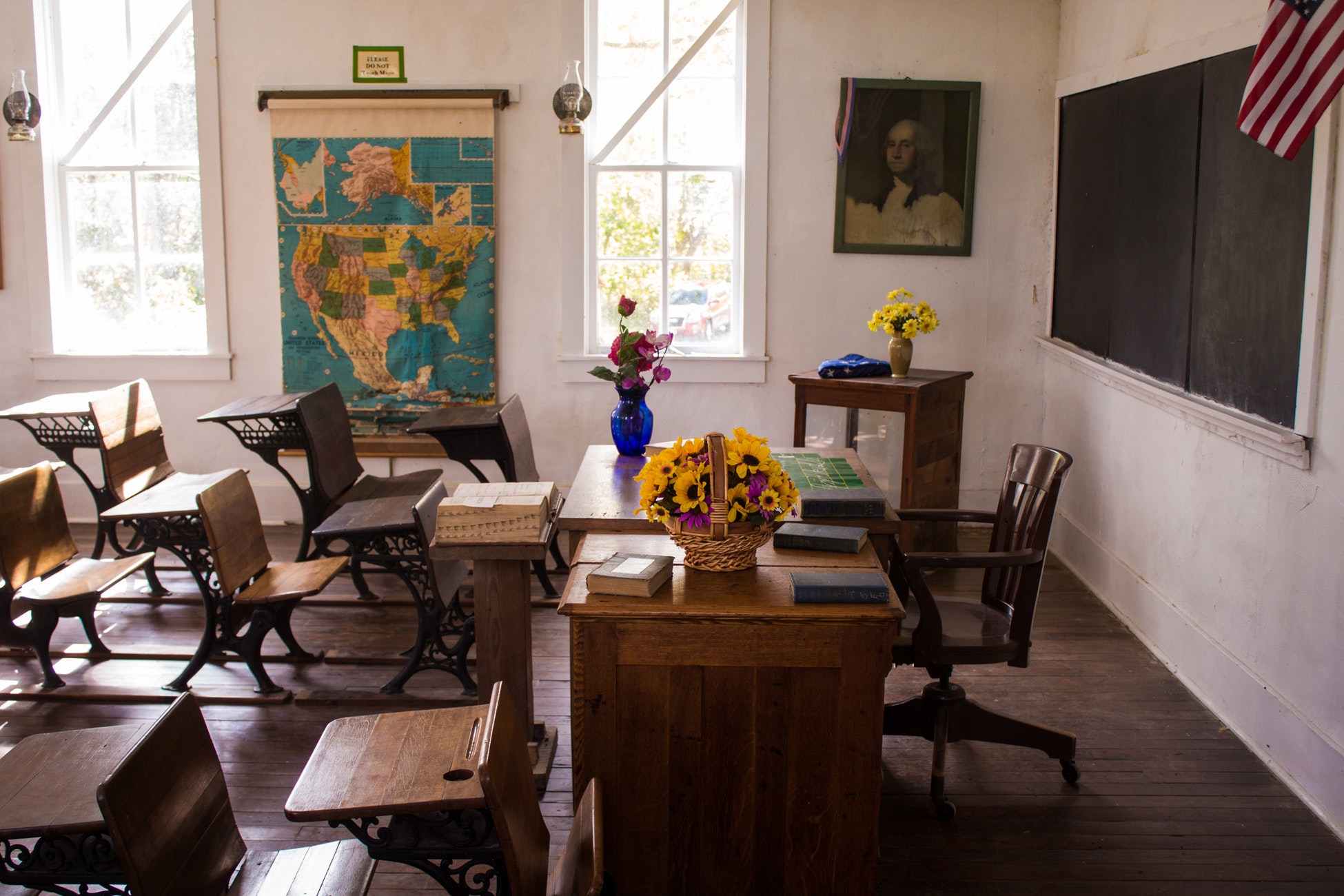Fifteen years ago, the New South Wales(NSW) Department of Education introduced a teaching program meant to help students from struggling schools grasp reading and comprehension. However, fast forward to 2020, and the program has become a controversial reflection of how the region has failed in advancing education for young children.
The Language, Learning and Literacy, or L3, program as of last year, was being used to teach in 3 of every five schools in the region. However, the data had already started pointing out to its ineffectiveness in helping children to read and learn.
L3 teaching program funding challenged
Literacy specialists are now asking the NSW Department of Education why the program’s funding continued even after mountains of evidence that showed that the teaching program was not working. The teaching program was poorly designed and was based on teaching methods that had been outdated.
A study done by the same educaiton department had already found that the L3 program was lacking and needed significant improvements. They drew strategies on how to strengthen the program and make it effective in teaching the kids. However, all their recommendations and strategies were rejected and there was no implementation of strategies that would have enabled the program to become successful.
L3 program was hinged on students’ ability to control themselves and work independently as the teacher ignored them and addressed two to three students at a time. These students would be required to work on their own on literacy activities, therefore freeing time for the teacher to work with a much smaller group of students of about two or three in the classroom.
Criticisms from teachers
Teachers who worked on the program noted that the program was unrealistic. Asking little kids to conduct themselves and work independently of the teacher was highly unrealistic. The program was also a major challenge to teachers who ran classrooms alone, and therefore, had to abandon a majority of students to address just a few students who were having problems with literacy.
Sally Howell from the Australian Association of Special Education criticized the move by the government that failed to abandon the program even after a scathing review in 2017. She had already challenged the program in 2015 but was told that the program would go on since it helped vulnerable children. She argued that the department never gave supporting evidence supporting the teaching program, and said the project was doing more harm than good.
Featured image by Pixabay







